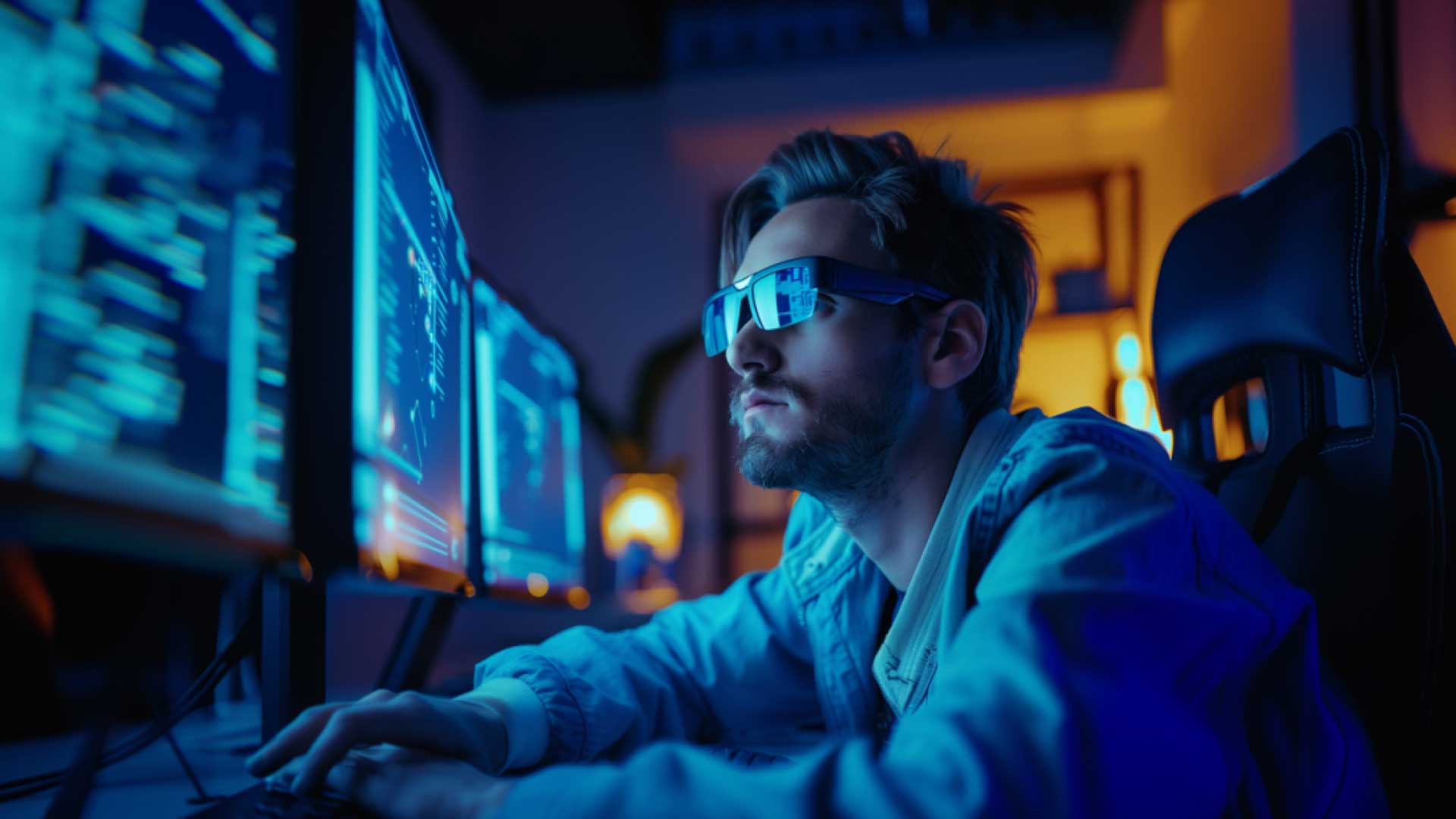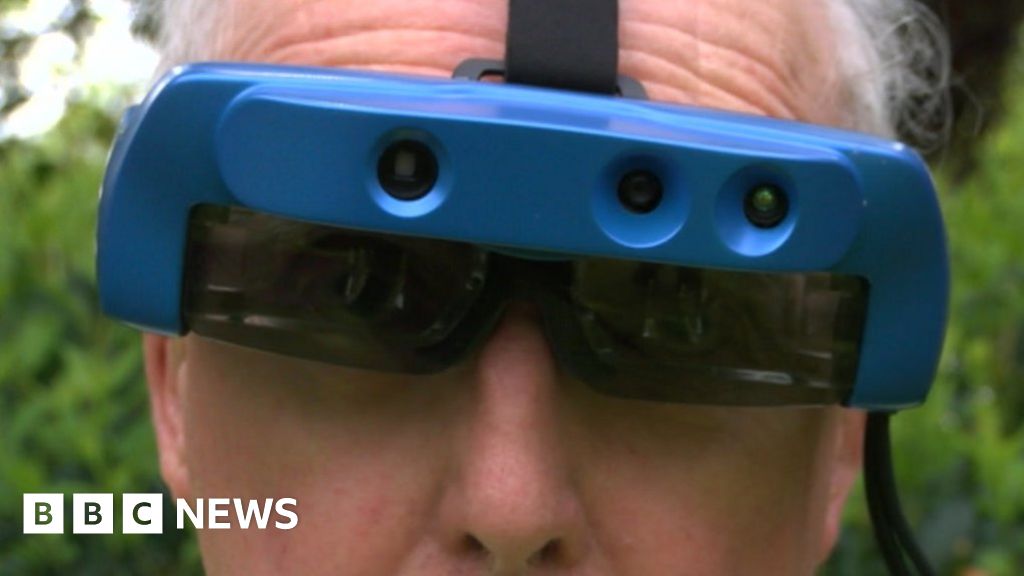Wearable Technology for Low Vision: Transforming How We Navigate the World
Wearable Technology for Low Vision: Transforming How We Navigate the World
Blog Article
Cutting-edge Solutions in Assistive Modern Technology for Visual Impairment
The landscape of assistive innovation for visual problems is progressing rapidly, offering a range of ingenious solutions that enhance access and self-reliance. From advanced smart device applications that promote navigation to wearable tools created for real-time advice, these tools are improving the experiences of those with visual disabilities. Additionally, the assimilation of wise home technologies and academic sources has the prospective to foster better neighborhood interaction. The implications of these improvements elevate vital inquiries concerning their availability and performance in diverse contexts, warranting a closer exam of their broader effect.
Improvements in Mobile Phone Applications
Recently, advancements in smartphone applications have actually substantially changed the landscape of assistive innovation for people with aesthetic problems. These applications utilize the powerful sensors and capabilities of modern smart devices to supply customers with tools that boost independence and access in their everyday lives.
Notable amongst these developments are applications made for object acknowledgment, which use the smartphone's camera to determine things and provide verbal summaries. Such features empower users to browse their atmospheres better, whether identifying items in shops or finding individual belongings in your home. In addition, text-to-speech applications have actually improved substantially, making it possible for customers to catch printed message through their gadget's cam and receive instant audio responses, therefore facilitating analysis and understanding.
Community-driven applications have promoted social interaction and resource sharing amongst individuals with visual disabilities, producing a helpful network that boosts their high quality of life. In general, smart device applications have actually become important allies in advertising freedom and access for people with aesthetic problems.
Wearable Devices for Navigation
Wearable devices for navigation have actually become a groundbreaking service for individuals with visual impairments, offering hands-free support that enhances flexibility and positioning. These devices commonly utilize innovative technologies, including GPS, ultrasonic sensing units, and synthetic knowledge, to give real-time responses and direction to individuals as they navigate their environment.
One remarkable example of wearable navigation innovation is wise glasses, which can identify barriers and relay auditory or haptic comments to the user, allowing for efficient and safe motion in different setups. Various other devices, such as vests and belts outfitted with sensing units, can in a similar way notify customers of their environments by giving signals about neighboring things or adjustments in surface.
In addition, several wearable tools incorporate with mobile phone applications, enabling individuals to tailor their navigation choices and receive customized path suggestions. This customization can dramatically improve the customer experience, equipping individuals to travel with better self-confidence and independence.
As technology remains to create, the possibility for wearable navigation devices to boost the high quality of life for people with aesthetic disabilities remains significant, leading the way for more accessible and comprehensive atmospheres.
Smart Home Technology Combination

Moreover, smart home appliances outfitted with tactile interfaces or auditory comments offer user-friendly communications that provide specifically to the needs of those with visual disabilities. Clever fridges can announce their contents and expiration dates, while smart ovens can guide users through the cooking process with audio instructions.
Home automation systems, such as smart buzzers and security cameras, offer satisfaction by allowing customers to obtain signals and accessibility live feeds using their mobile phones, boosting individual security (AI-powered visual aids). Furthermore, combination with smartphones and tablets makes sure that individuals can manage their home environment from anywhere within their premises
As clever home innovation continues to evolve, it holds the prospective to change the living experiences of people with aesthetic impairments, fostering freedom and enhancing lifestyle in a progressively connected world.

Educational Devices and Resources
Accessibility to effective academic devices and resources is vital for individuals with aesthetic problems, as it equips them to involve fully in their discovering experiences. Numerous assistive technologies have actually been created to enhance availability and foster independent learning.
Additionally, instructional software particularly made for visually impaired individuals supplies features such as high-contrast modes and adjustable message dimensions. These tools fit varied understanding designs and ensure that trainees can customize their instructional experience to their demands.
Furthermore, access to electronic collections and audio publications increases the series of available knowing materials, allowing pupils to discover topics comprehensive without the constraints enforced by traditional print resources. Collaborative platforms that incorporate find eyeglasses accessibility features also help with group projects, guaranteeing that visually impaired students can contribute meaningfully alongside their peers.
Community Assistance and Involvement
A durable network of area assistance and interaction is necessary for people with visual impairments, fostering an inclusive environment where they can thrive. Community companies, neighborhood campaigning for teams, and volunteers play an essential function in offering resources, information, and friendship, which are crucial for improving the lifestyle for those affected by aesthetic disabilities.
Engagement activities such as workshops, gatherings, and support groups not just help with ability growth but likewise advertise social communication, reducing feelings of seclusion. These campaigns motivate people to share challenges, experiences, and successes, thereby strengthening official website community bonds. Furthermore, collaborations with regional organizations can lead to higher availability in public rooms, better integrating individuals with visual impairments into the neighborhood.
Innovation additionally enhances community interaction through on the internet platforms that use virtual support groups and resources, allowing people to connect regardless of geographical barriers. By utilizing both digital and in-person solutions, areas can develop a thorough assistance network. Eventually, promoting collaboration among numerous stakeholders-- consisting of households, teachers, and healthcare specialists-- makes certain that people with visual impairments obtain the alternative support necessary to browse everyday life efficiently and with self-respect.
Final Thought
Ingenious solutions in assistive modern technology for aesthetic impairment significantly boost the lifestyle for people dealing with these challenges. The assimilation of mobile phone applications, wearable devices, clever home innovation, and instructional devices fosters higher independence and access. Community assistance and engagement additional encourage visually damaged individuals, promoting inclusivity and engagement in various facets of life. Collectively, these improvements not only transform day-to-day experiences but likewise lead the way for an extra fair society.
The landscape of assistive modern technology for visual impairment is developing quickly, offering a range of ingenious options that boost accessibility and independence. Community-driven applications have promoted social interaction and resource sharing amongst people with aesthetic problems, developing an encouraging network that enhances their quality of life. In general, mobile phone applications have ended up being crucial allies in go to website advertising freedom and access for people with aesthetic impairments.
Many individuals with visual impairments are discovering higher freedom via the assimilation of smart home technology.Ingenious options in assistive modern technology for aesthetic problems significantly enhance the quality of life for individuals encountering these obstacles.
Report this page